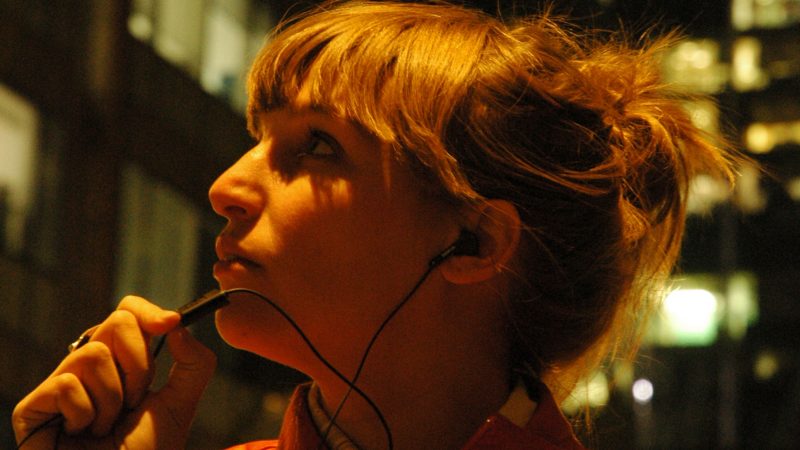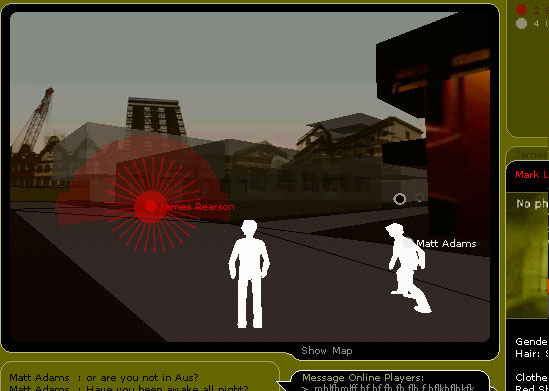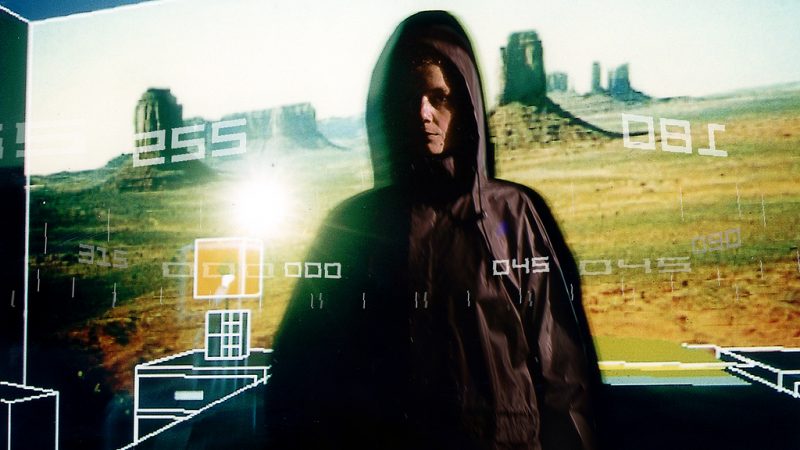Where were you in 1997?

“It’s not ‘natural’ to speak well, eloquently, in an interesting, articulate way.
Holding audiences to account

“Questions and answers depend on a game – a game that is at once pleasant and difficult – in which each of the two partners takes pains to use only the rights given him by the other and by the accepted form of dialogue.
I could ask you anything

Ju has been at the heart of Blast Theory since the very beginning, so with Ju’s move to creating work independently, it seemed like a good time to think about how Blast Theory ticks.
The things that made us: The Red Dot

Many of our works have high thresholds to entry: sometimes novel structures or difficult ideas; sometimes ways of using everyday devices just a little ‘off’ from what we mostly use them for.
The things that made us: Front of House

Our first project using mobile devices with audiences was Uncle Roy All Around You in 2003.
20 years of Blast Theory and Mixed Reality Lab

From VR warfare installations, to interrogations at the Venice Biennale about political violence, our work with the University of Nottingham’s Mixed Reality Lab has produced 12 new works since the nineties.
Blast Theory and Mixed Reality Lab in conversation

Our development as a group of artists working with technology has been made possible by, to our knowledge, the longest and deepest collaboration between an artists’ group and a university in the world.